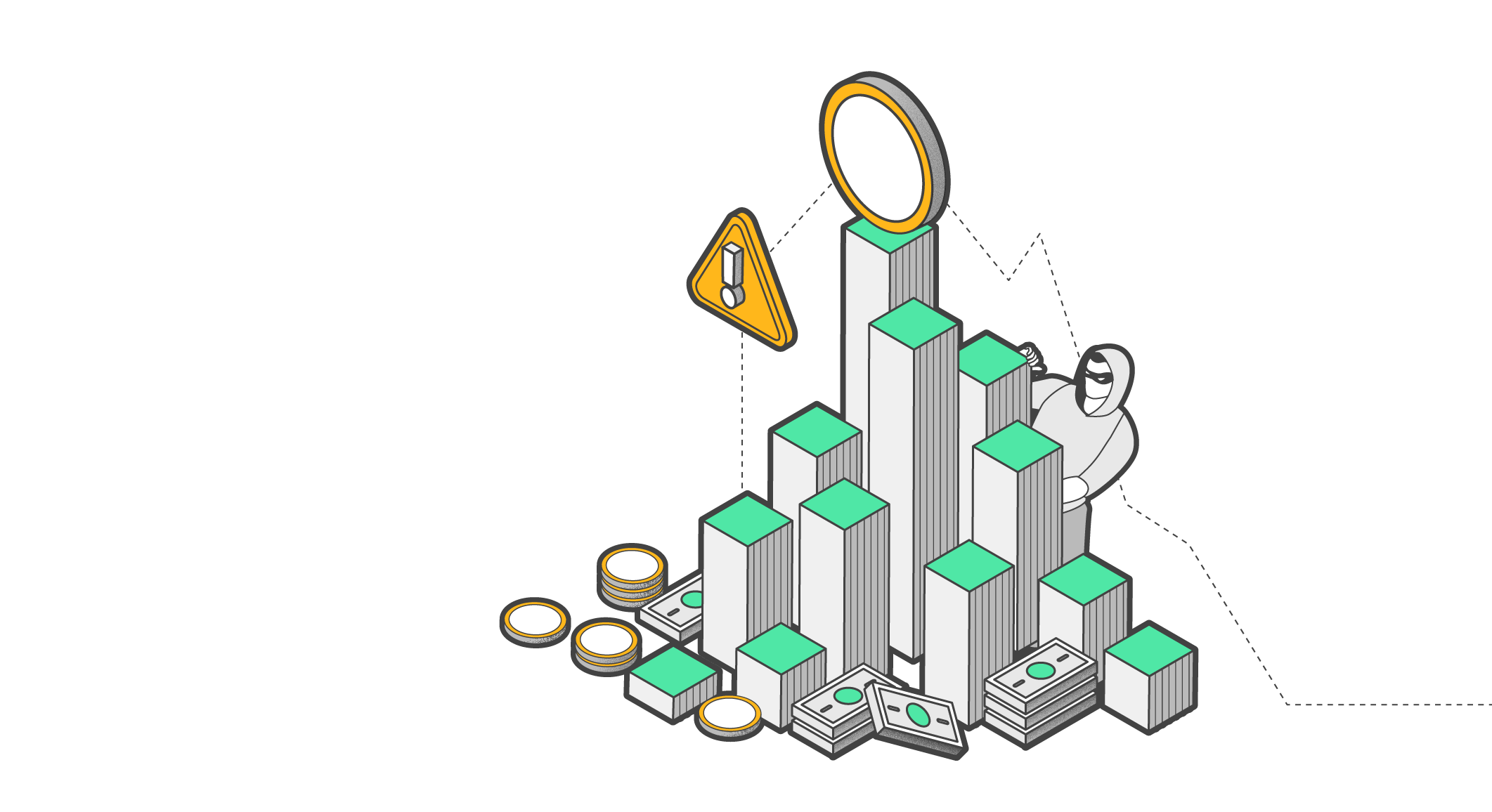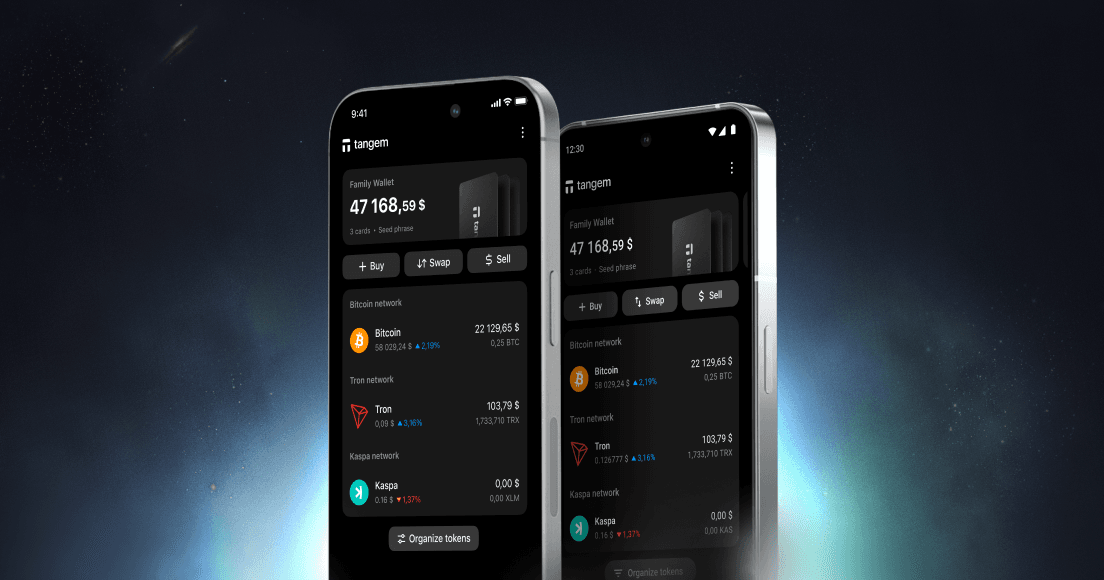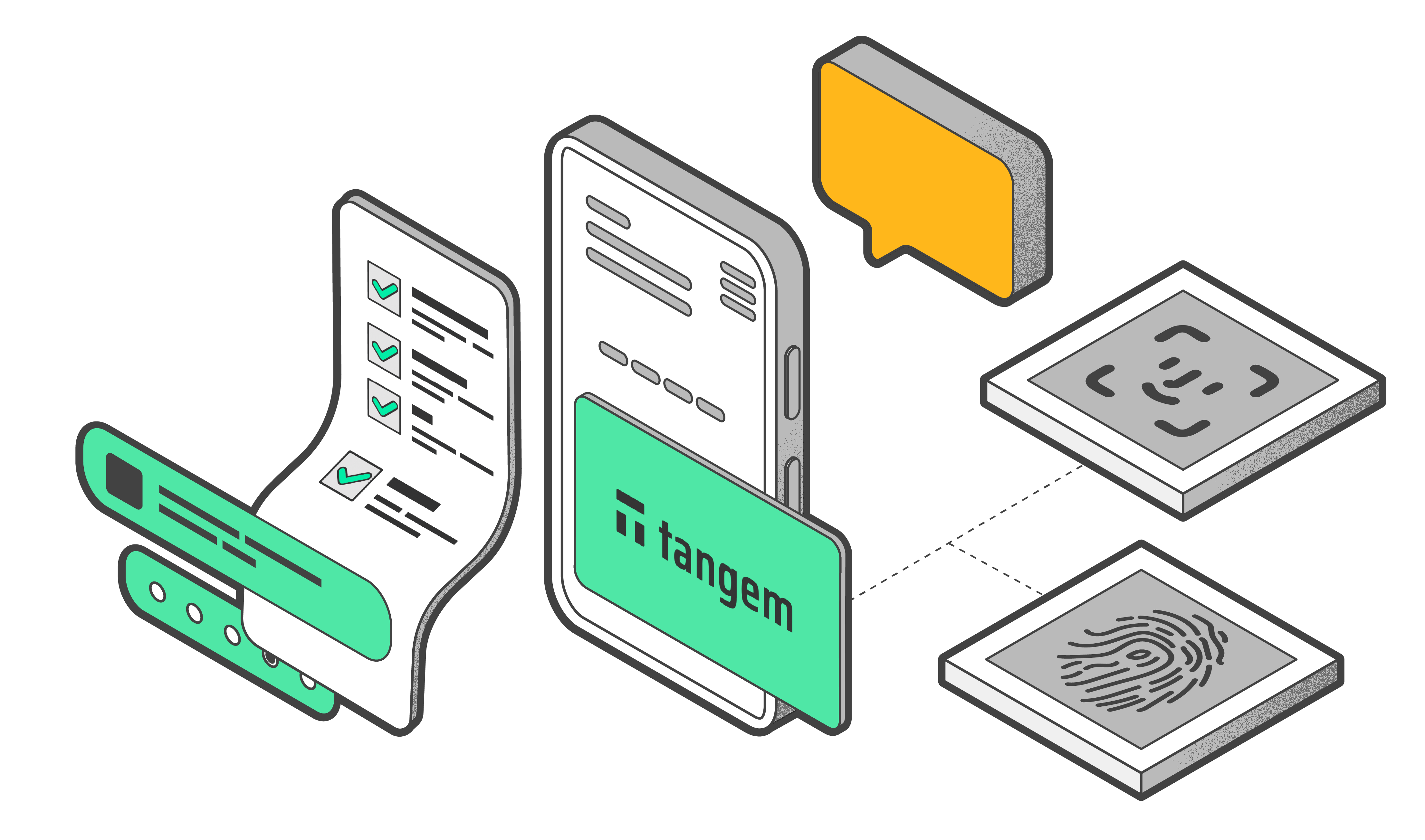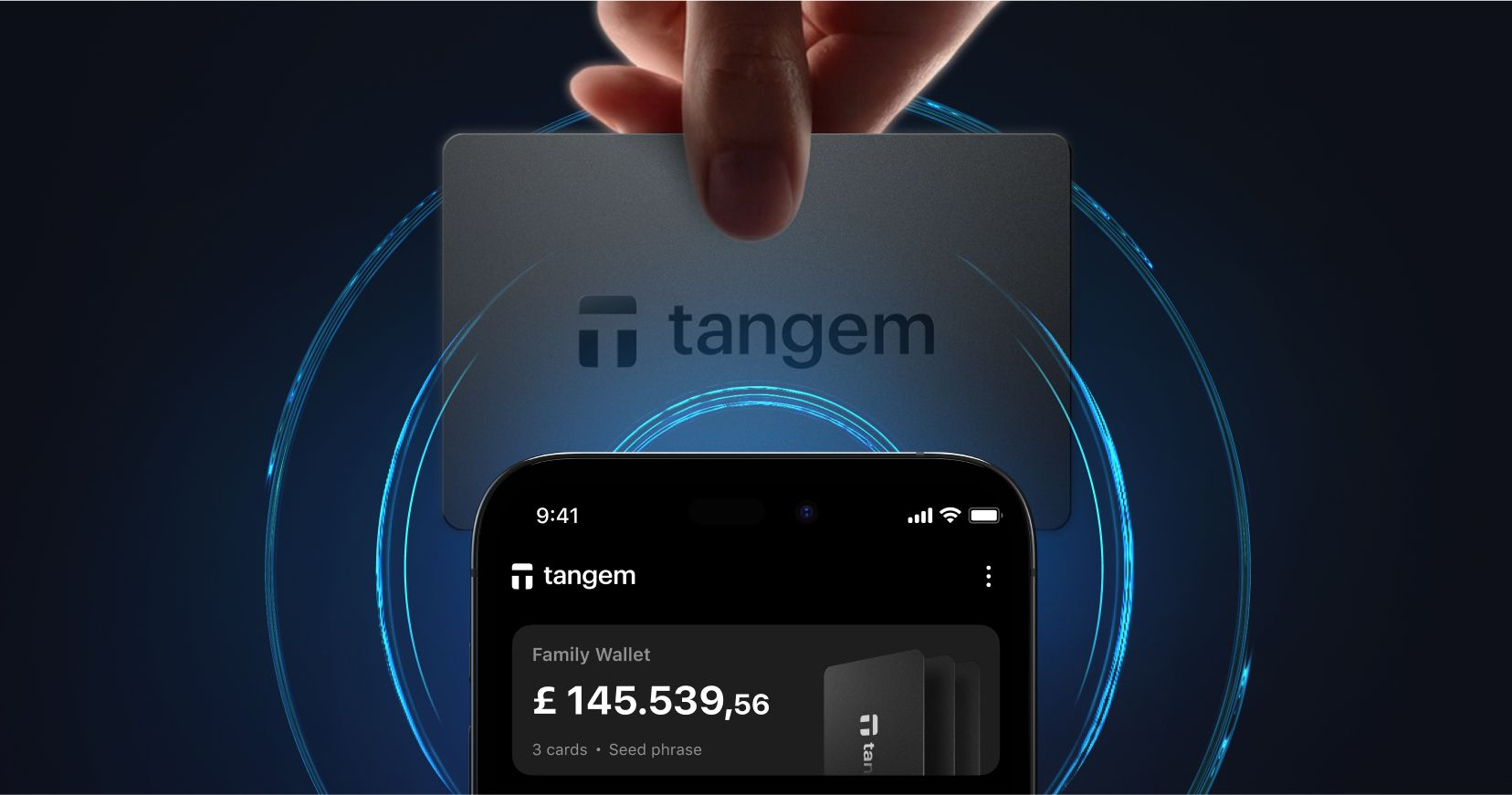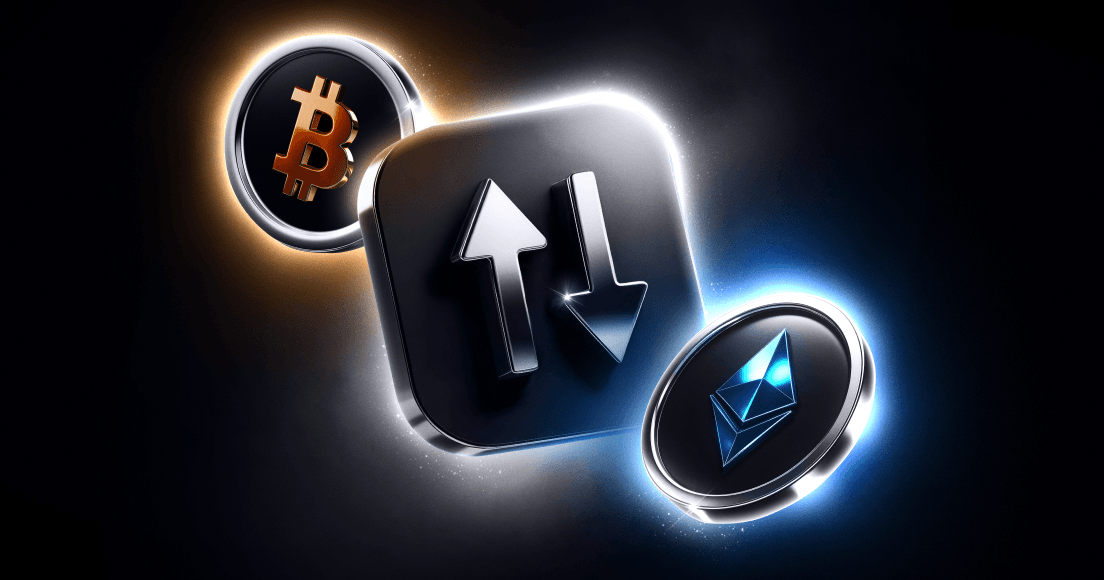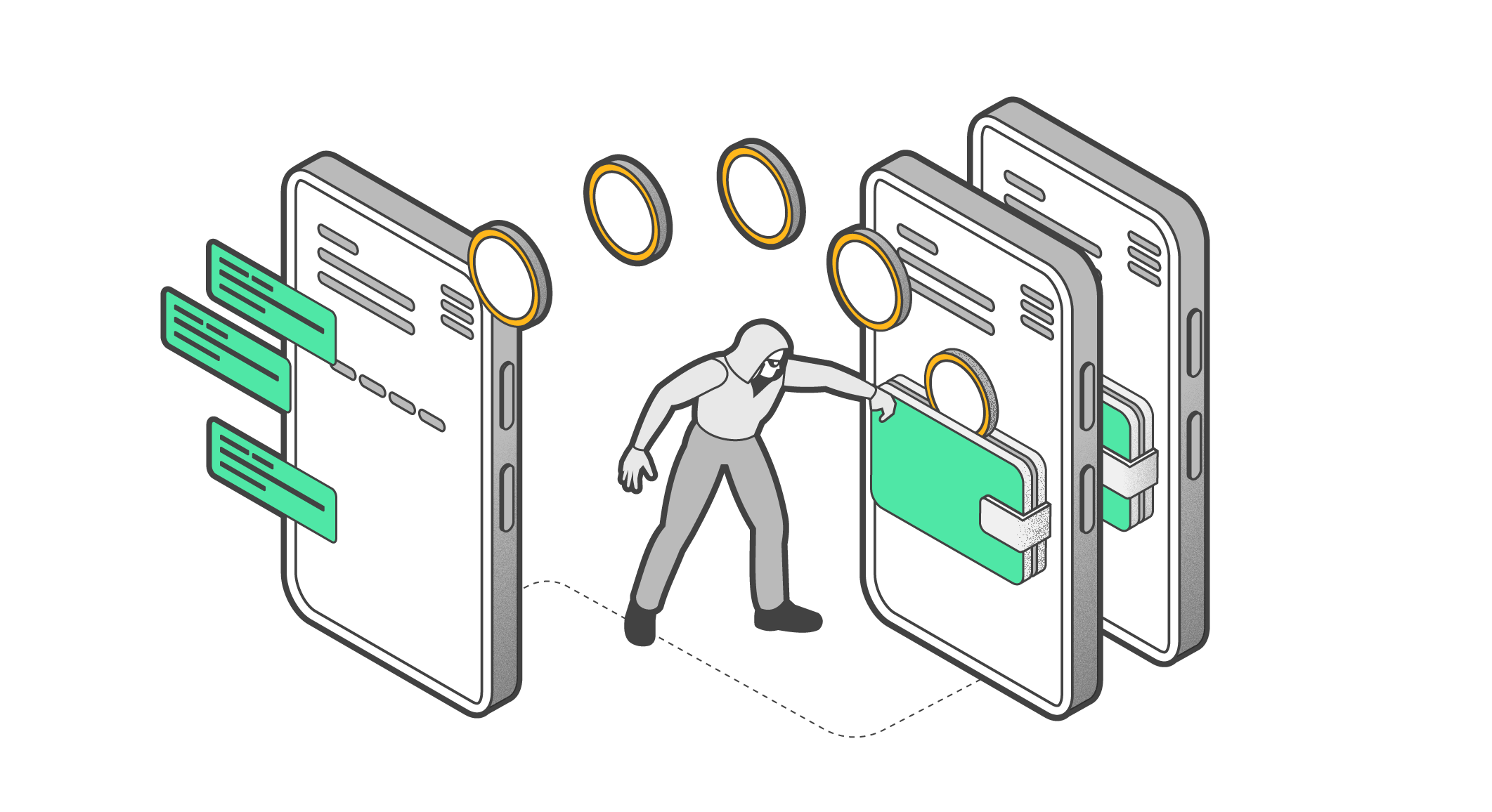
What is a Warm Wallet? ByBit's $1.5B Incident
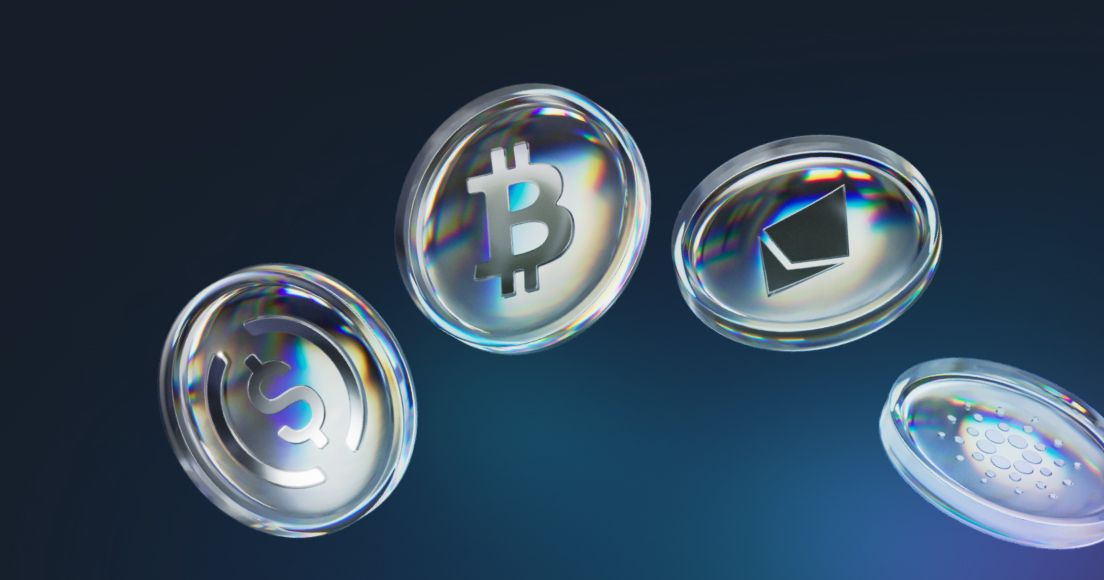
In a significant security breach, Bybit, a Dubai-based cryptocurrency exchange, reported the theft of approximately $1.5 billion worth of Ethereum. The incident occurred during a routine transfer from a cold wallet to a warm wallet, where hackers manipulated the transaction, gaining control of the cold wallet and transferring 401,000 Ethereum to an unknown address.

This event highlights the role of wallet types in cryptocurrency security. While cold wallets are offline and considered more secure, warm wallets are something most of us are hearing about for the first time.
A crypto wallet can be categorized as either a cold wallet or a hot wallet, depending on its access to the internet. A cold wallet is not connected to the internet at all times. Instead, it uses NFC, Bluetooth, QR codes, and USB to receive and send the signed transaction to your smartphone or computer.
On the other hand, a hot wallet is always connected to the internet. So, what is a warm wallet?
What is a warm wallet?
A warm wallet is a hot wallet that includes additional multi-factor authentication (MFA) steps for enhanced security. It's still a hot wallet with online signing capabilities, often secured by access controls and multisigs. However, its private keys are still exposed to the internet.
What does the crypto community think about "warm wallets"?
Despite the seriousness of the situation, most crypto users on X(Twitter) maintained a sense of humor with their jokes.
what the fuck is a warm wallet pic.twitter.com/1Fj6SHr6z3
— Cobb (@Cobb_XRPL) February 21, 2025
10 years in crypto and nobody knows what a WARM wallet is pic.twitter.com/32GPdUwRG3
— CryptoALT (@CryptoAlt8) February 21, 2025
I won't be able to focus on anything until I hear what a warm wallet is.
— Lain On The Blockchain (@CryptoCyberia) February 22, 2025
many dont get the difference between hot, warm & cold wallets.
— Arghya Chowdhury (@ArghyaChow14) February 21, 2025
> hot wallet is a wallet w/ internet access, not a ledger. ex: @phantom, @MetaMask
> warm wallet is a ledger w/ internet access. ex: what @benbybit was using
> cold wallet is basically ledger w/ no internet access pic.twitter.com/1IpoGhCOMf
what the fuck is a warm wallet?
— Grinding Poet (@GrindingPoet) February 21, 2025
do u put a blanket on it or what?
Cold wallet = only sends/receives coins
— romeopls (@R0ME0PLS) February 21, 2025
Room temperature wallet = leave it on the counter to defrost before using with dapps
Warm wallet = interacts with dapps via a ledger
Hot wallet = interacts with dapps (no ledger)
Blazing wallet [donation wallet] = interacts with…
First explain what is a warm wallet pic.twitter.com/4SQQL0mYzZ
— HtownCryptoD₳D (@htowncryptodad) February 22, 2025
A wallet is classified as a warm wallet when its temperature ranges between 30 degrees and 40 degrees.
— Cryptodial.eth (@cryptodialeth) February 22, 2025
a wallet that’s cozy, that radiates warmth, that’s perfect for this chillin crypto szn
— Octant.eth (@OctantApp) February 21, 2025
It's when your wallets in your back pocket and you've been sitting on it for a while so it gets quite warm
— dr wacker (@oxycopin) February 21, 2025
What do you think about "warm wallets"?
Do you think you have a worse idea of what a warm wallet means? Let us hear your jokes, ideas, and facts fly on Tangem's Discord or Telegram.

